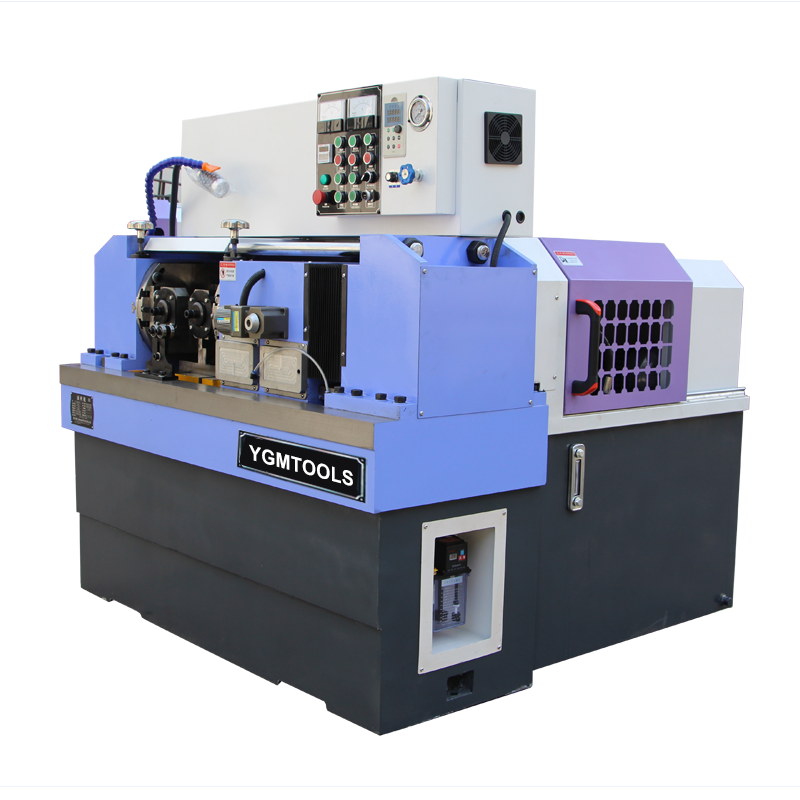
-
 Afrikaans
Afrikaans -
 Albanian
Albanian -
 Amharic
Amharic -
 Arabic
Arabic -
 Armenian
Armenian -
 Azerbaijani
Azerbaijani -
 Basque
Basque -
 Belarusian
Belarusian -
 Bengali
Bengali -
 Bosnian
Bosnian -
 Bulgarian
Bulgarian -
 Catalan
Catalan -
 Cebuano
Cebuano -
 Corsican
Corsican -
 Croatian
Croatian -
 Czech
Czech -
 Danish
Danish -
 Dutch
Dutch -
 English
English -
 Esperanto
Esperanto -
 Estonian
Estonian -
 Finnish
Finnish -
 French
French -
 Frisian
Frisian -
 Galician
Galician -
 Georgian
Georgian -
 German
German -
 Greek
Greek -
 Gujarati
Gujarati -
 Haitian Creole
Haitian Creole -
 hausa
hausa -
 hawaiian
hawaiian -
 Hebrew
Hebrew -
 Hindi
Hindi -
 Miao
Miao -
 Hungarian
Hungarian -
 Icelandic
Icelandic -
 igbo
igbo -
 Indonesian
Indonesian -
 irish
irish -
 Italian
Italian -
 Japanese
Japanese -
 Javanese
Javanese -
 Kannada
Kannada -
 kazakh
kazakh -
 Khmer
Khmer -
 Rwandese
Rwandese -
 Korean
Korean -
 Kurdish
Kurdish -
 Kyrgyz
Kyrgyz -
 Lao
Lao -
 Latin
Latin -
 Latvian
Latvian -
 Lithuanian
Lithuanian -
 Luxembourgish
Luxembourgish -
 Macedonian
Macedonian -
 Malgashi
Malgashi -
 Malay
Malay -
 Malayalam
Malayalam -
 Maltese
Maltese -
 Maori
Maori -
 Marathi
Marathi -
 Mongolian
Mongolian -
 Myanmar
Myanmar -
 Nepali
Nepali -
 Norwegian
Norwegian -
 Norwegian
Norwegian -
 Occitan
Occitan -
 Pashto
Pashto -
 Persian
Persian -
 Polish
Polish -
 Portuguese
Portuguese -
 Punjabi
Punjabi -
 Romanian
Romanian -
 Russian
Russian -
 Samoan
Samoan -
 Scottish Gaelic
Scottish Gaelic -
 Serbian
Serbian -
 Sesotho
Sesotho -
 Shona
Shona -
 Sindhi
Sindhi -
 Sinhala
Sinhala -
 Slovak
Slovak -
 Slovenian
Slovenian -
 Somali
Somali -
 Spanish
Spanish -
 Sundanese
Sundanese -
 Swahili
Swahili -
 Swedish
Swedish -
 Tagalog
Tagalog -
 Tajik
Tajik -
 Tamil
Tamil -
 Tatar
Tatar -
 Telugu
Telugu -
 Thai
Thai -
 Turkish
Turkish -
 Turkmen
Turkmen -
 Ukrainian
Ukrainian -
 Urdu
Urdu -
 Uighur
Uighur -
 Uzbek
Uzbek -
 Vietnamese
Vietnamese -
 Welsh
Welsh -
 Bantu
Bantu -
 Yiddish
Yiddish -
 Yoruba
Yoruba -
 Zulu
Zulu
ODM Types of Thread Rolling Machines - Customized Solutions for Precision Manufacturing
Types of Thread Rolling Machines
Thread rolling machines are essential tools in the manufacturing industry, particularly for creating various types of threaded fasteners like screws, bolts, and nuts. The process of thread rolling is a cold-forming technique that reshapes material, typically metal, into a desired screw or thread shape without removing any material. This method enhances the strength and durability of the threads as compared to traditional machining processes. There are several types of thread rolling machines, each designed for specific applications and materials.
1. Flat Die Thread Rolling Machines
Flat die thread rolling machines are one of the most common types used in the industry. They operate with two flat dies that are positioned adjacent to each other. The workpiece is fed between these dies, where it is compressed and formed into the desired thread shape. Flat die machines excel in producing external threads and can handle a variety of diameters and thread profiles. Their simplicity and effectiveness make them ideal for medium to high volume production runs.
2. Circular Die Thread Rolling Machines
Also known as radial thread rolling machines, these utilize two circular dies that rotate around a central axis. Circular die machines are capable of producing intricate thread patterns and can accommodate larger workpieces compared to flat die machines. Their design allows for a smoother operation and reduces the risk of material wastage. These machines are suitable for tasks requiring precise dimensions and are often used in industries producing high-stress fasteners.
3. Peeling Thread Rolling Machines
odm types of thread rolling machine

Peeling thread rolling machines are specialized for creating internal threads. They employ a unique method where material is removed from the inside of a workpiece to form threads. This process is particularly useful for applications where there is a need for a high-quality internal threading, such as in hydraulic components and other precision-crafted items. The peeling method provides excellent surface finish and dimensional accuracy.
4. Vertical Thread Rolling Machines
Vertical thread rolling machines are designed to work with heavier and larger components. The vertical orientation of the machine allows for better control and stability during the rolling process. These machines are often equipped with advanced features like automated loading and unloading systems, making them suitable for high-volume production environments. Vertical machines are versatile and can be used for rolling both external and internal threads.
5. CNC Thread Rolling Machines
Computer Numerical Control (CNC) thread rolling machines are at the forefront of modern manufacturing technology. These machines utilize advanced computer systems to automate and control the rolling process, enhancing precision and speed. CNC machines can produce complex thread profiles with high repeatability, making them ideal for applications in industries like aerospace, automotive, and medical devices. Their programmability allows manufacturers to switch between different thread types and sizes quickly, thus increasing productivity.
Conclusion
In summary, thread rolling machines come in various types, each designed for specific applications and requirements. From flat and circular die machines that cater to standard thread rolling needs to specialized CNC machines that ensure precision in complex environments, these tools play a crucial role in modern manufacturing. As industries continue to evolve and produce more advanced products, the significance of thread rolling machines will only grow, solidifying their place in manufacturing processes worldwide.
